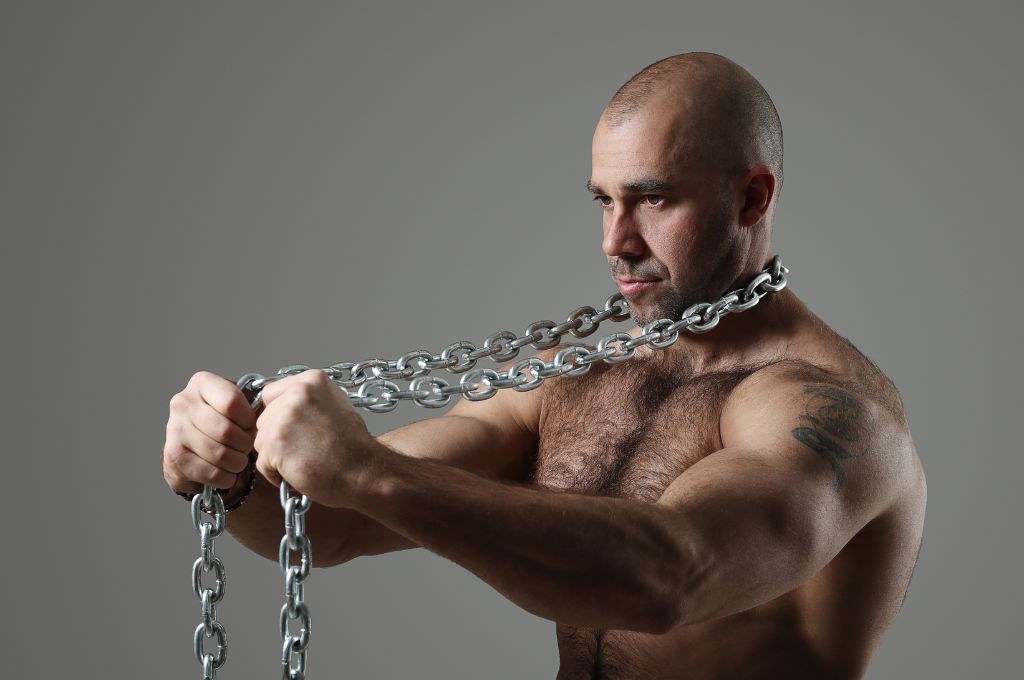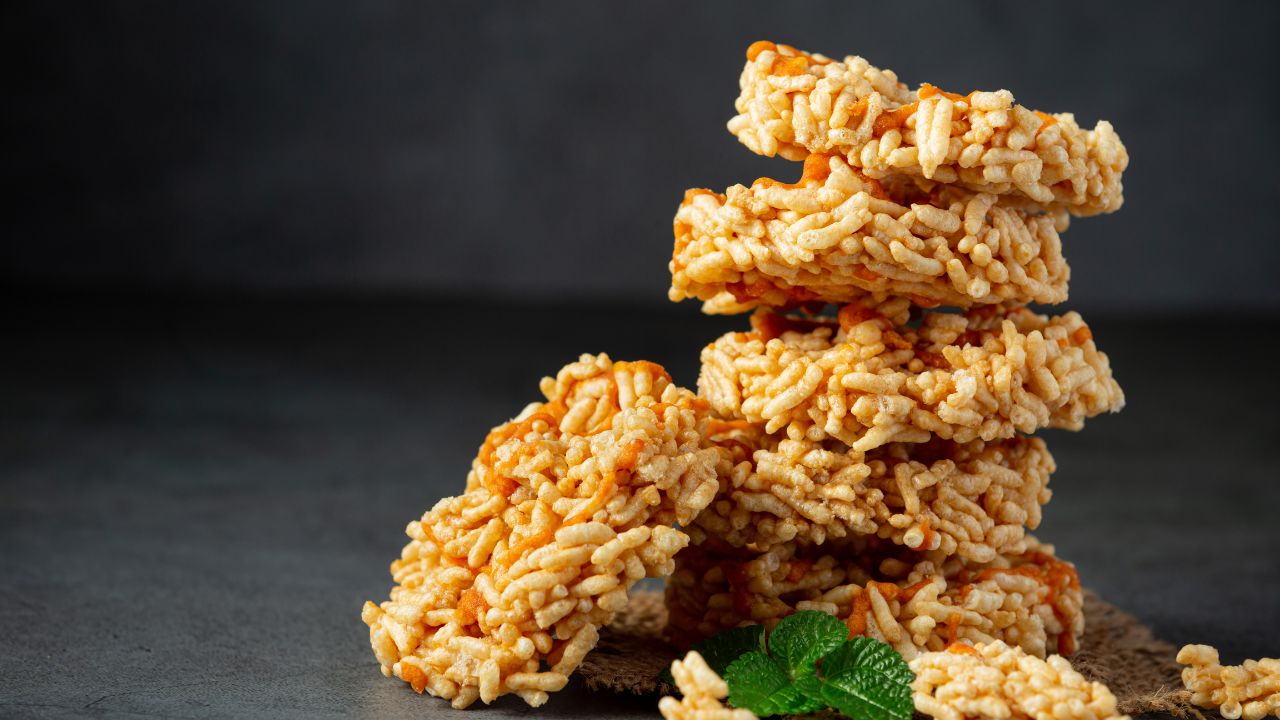The image of a muscular prisoner has become an archetype in popular culture. From movies to memes, the portrayal of inmates with bulging biceps and chiseled physiques has left many wondering: why are prisoners so muscular? This fascination isn’t merely superficial; it delves into deeper societal and physiological realms. In this comprehensive exploration, we embark on an odyssey to uncover the compelling reasons behind the robustness of incarcerated individuals.
The Psychological Battleground: Muscle as a Symbol of Strength
Physical prowess often translates into power and survival within the confined spaces of prison walls. In such an environment, where dominance hierarchies prevail, muscularity becomes more than just a physical attribute—it morphs into a symbol of authority and resilience. Inmates instinctively understand that a well-built physique can deter potential threats and command respect. Consequently, many prisoners adopt rigorous workout routines to fortify themselves against the harsh realities of incarceration.
Beyond the tangible benefits, the psychological impact of achieving a muscular physique cannot be overstated. For individuals stripped of their autonomy and freedom, sculpting their bodies becomes a form of reclaiming control. It provides a sense of agency in an otherwise regimented existence, offering a means of expression and empowerment. In this context, the quest for muscularity transcends mere vanity; it represents a psychological battleground where inmates assert their autonomy and defiance against the constraints imposed upon them.
The Physiology of Adversity: How Prison Life Shapes Muscle Growth
Adversity profoundly impacts the human body, eliciting adaptive responses that sculpt physicality in remarkable ways. Within the confines of a correctional facility, inmates are subjected to a unique blend of stressors that catalyze muscle growth. The harsh living conditions and the demands of survival create an environment ripe for physiological transformation.
One of the primary factors contributing to the muscularity of prisoners is the scarcity of resources. In many correctional facilities, adequate nutrition is limited, necessitating creative solutions to meet dietary needs. Consequently, inmates often resort to ingenuity, improvising workouts with makeshift equipment and maximizing the nutritional value of available food. This resourcefulness fosters a culture of resilience and adaptability, translating into remarkable muscular strength and endurance gains.
The Brotherhood of Iron: Camaraderie and Competition in Prison Gyms
Within the confines of prison walls, the gym is more than just a place for physical exercise; it emerges as a sanctuary where camaraderie flourishes amidst adversity. In the shared pursuit of muscular development, inmates forge bonds that transcend racial, ethnic, and social divides. This sense of unity fosters an environment of mutual support and encouragement, where individuals push each other to surpass their limits.
In addition to camaraderie, the prison gym cultivates a healthy competition culture. Inmates vie for recognition and status, not through acts of violence, but through feats of strength and endurance. Bench press competitions, pull-up challenges, and squat contests become avenues for showcasing prowess and earning respect within the inmate community. This competitive spirit fuels motivation and drives individuals to push their bodies to the brink, resulting in impressive muscular size and definition gains.
The Legacy of Hard Time: How Incarceration Shapes Muscle Memory
The physical demands of prison life leave an indelible imprint on the body, shaping muscular development long after release. This phenomenon, known as muscle memory, underscores the enduring impact of incarceration on physiological adaptations. Even after returning to society, many former inmates retain the muscularity acquired during their time behind bars.
Muscle memory stems from the body’s remarkable ability to adapt and respond to stimuli. Through consistent training and repetitive motion, muscles develop a heightened capacity for growth and strength. In prison life, where workouts are often intense and frequent, this adaptive process is accelerated, leading to rapid muscular size and definition gains.
The Anatomy of Strength: Exploring the Science Behind Prison Muscles
Behind every bulging bicep and sculpted chest lies a complex interplay of physiological processes that drive muscular development. Understanding the science behind prison muscles requires delving into the intricate mechanisms that govern hypertrophy and strength gains.
At the cellular level, muscular growth is orchestrated by a cascade of events initiated by mechanical tension and metabolic stress. When muscles undergo resistance training, microscopic tears occur within the muscle fibers, triggering an inflammatory response. This inflammatory cascade prompts the activation of satellite cells, which proliferate and fuse to existing muscle fibers, facilitating repair and growth.
The Psychology of Physicality: How the Mind Shapes Muscle
The mind-muscle connection is a fundamental aspect of muscular development, transcending the confines of physical training. In the realm of incarceration, where mental fortitude is as vital as physical strength, this symbiotic relationship takes on added significance.
Prisoners with a resilient mindset often exhibit remarkable gains in muscular size and strength. Their ability to endure hardship, stay disciplined, and maintain focus during workouts sets them apart in the competitive landscape of the prison gym. Moreover, the psychological benefits of exercise, such as improved mood and reduced stress, contribute to overall well-being and enhance muscular growth.
The Evolution of Strength: Adapting to Changing Environments
The quest for muscularity is not confined to the static confines of the prison cell; it extends beyond the walls of confinement, shaping the trajectory of individuals long after release. Upon reentry into society, former inmates face new challenges and opportunities, each requiring a different manifestation of strength.
For many, the transition from prison to freedom represents a pivotal moment of transformation—a chance to redefine identity and purpose. The discipline and resilience cultivated within the crucible of incarceration serve as valuable assets in navigating the complexities of life beyond bars. Whether pursuing education, employment, or personal relationships, the lessons learned through muscular development endure as a testament to the enduring power of the human spirit.
The Legacy of Resilience: Beyond Muscles and Might

In the final analysis, the question of why prisoners are so muscular transcends mere curiosity; it embodies a deeper exploration of human resilience in the face of adversity. Behind the formidable physiques lie stories of struggle, perseverance, and triumph—testaments to the indomitable spirit within us all.
From the harsh realities of prison life to the enduring legacy of strength, the journey of muscular development is marked by resilience, camaraderie, and the relentless pursuit of self-improvement. In unraveling the mysteries behind prison muscles, we gain insight into the physiology of strength and a profound appreciation for the human capacity to overcome obstacles and emerge stronger on the other side.
The Anatomy of Strength: Exploring the Science Behind Prison Muscles
Behind every bulging bicep and sculpted chest lies a complex interplay of physiological processes that drive muscular development. Understanding the science behind prison muscles requires delving into the intricate mechanisms that govern hypertrophy and strength gains.
At the cellular level, muscular growth is orchestrated by a cascade of events initiated by mechanical tension and metabolic stress. When muscles undergo resistance training, microscopic tears occur within the muscle fibers, triggering an inflammatory response. This inflammatory cascade prompts the activation of satellite cells, which proliferate and fuse to existing muscle fibers, facilitating repair and growth.
Moreover, the secretion of anabolic hormones, such as testosterone and growth hormone, further stimulates protein synthesis and muscle hypertrophy. In prison life, where physical activity is often intense and consistent, these physiological processes are amplified, leading to accelerated muscular size and strength gains.
The Psychology of Physicality: How the Mind Shapes Muscle
The mind-muscle connection is a fundamental aspect of muscular development, transcending the confines of physical training. In the realm of incarceration, where mental fortitude is as vital as physical strength, this symbiotic relationship takes on added significance.
Prisoners with a resilient mindset often exhibit remarkable gains in muscular size and strength. Their ability to endure hardship, stay disciplined, and maintain focus during workouts sets them apart in the competitive landscape of the prison gym. Moreover, the psychological benefits of exercise, such as improved mood and reduced stress, contribute to overall well-being and enhance muscular growth.
The Evolution of Strength: Adapting to Changing Environments
The quest for muscularity is not confined to the static confines of the prison cell; it extends beyond the walls of confinement, shaping the trajectory of individuals long after release. Upon reentry into society, former inmates face new challenges and opportunities, each requiring a different manifestation of strength.
For many, the transition from prison to freedom represents a pivotal moment of transformation—a chance to redefine identity and purpose. The discipline and resilience cultivated within the crucible of incarceration serve as valuable assets in navigating the complexities of life beyond bars. Whether pursuing education, employment, or personal relationships, the lessons learned through muscular development endure as a testament to the enduring power of the human spirit.
The Legacy of Resilience: Beyond Muscles and Might
In the final analysis, the question of why prisoners are so muscular transcends mere curiosity; it embodies a deeper exploration of human resilience in the face of adversity. Behind the formidable physiques lie stories of struggle, perseverance, and triumph—testaments to the indomitable spirit within us all.
From the harsh realities of prison life to the enduring legacy of strength, the journey of muscular development is marked by resilience, camaraderie, and the relentless pursuit of self-improvement. In unraveling the mysteries behind prison muscles, we gain insight into the physiology of strength and a profound appreciation for the human capacity to overcome obstacles and emerge stronger on the other side.
Conclusion: Unlocking the Secrets of Strength Behind Bars
In conclusion, why prisoners are so muscular is a multifaceted inquiry that delves into psychology, physiology, and sociology. From the psychological significance of physical prowess to the physiological adaptations wrought by adversity, the journey of muscular development within the confines of incarceration is a testament to the resilience of the human spirit.
As we peel back the layers of this enigma, we uncover the secrets of strength and the enduring legacy of resilience that defines us as individuals. From the camaraderie forged in the prison gym to the enduring impact of muscle memory, the story of prison muscles is one of triumph over adversity—a testament to the power of the human will to overcome even the most formidable of obstacles.




